#house of valois
Text

Last of their name
#house of valois#french history#charles ix#henri iii#françois d'alençon#marguerite de navarre#claude de france#elisabeth de france#diane de france#françois II#la reine margot
1K notes
·
View notes
Text
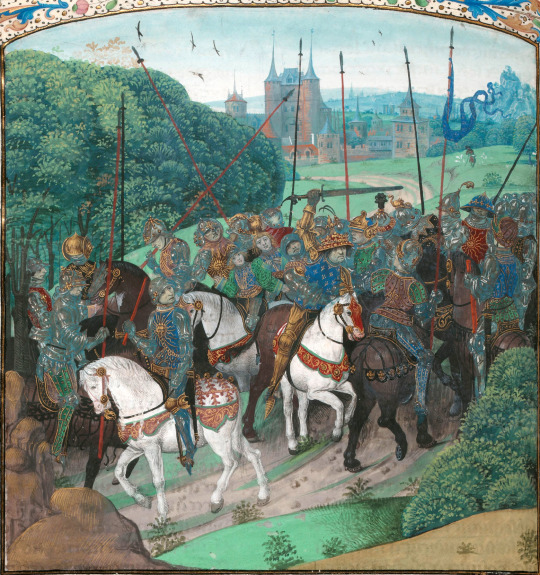
Madness of Charles VI: crossing the forest of Le Mans on an expedition against Pierre de Craon, the king, brandishing a sword, mistakes the members of his retinue for enemies and attacks them.
— Froissart's Chronicles
#charles vi#king#france#madness#mad#insanity#forest#le mans#french#medieval#middle ages#knights#knight#armour#jean froissart#chronicles#chroniques#hundred years war#art#history#europe#european#house of valois#valois#miniature#illuminated manuscript#mediaeval#sword
106 notes
·
View notes
Text

Francis I of France by Jean Clouet, 1527-1530.
#classic art#painting#jean clouet#french artist#16th century#portrait#male portrait#red background#francis i of france#king#house of valois#fashion
47 notes
·
View notes
Text






like ╱ reblog if you save or use
for the transparent border you should upload your picture by using twitter mobile
REQUEST!!
@ silvergpack on X ( twitter )
#twitter header pack#twitter headers#twitter icons#twitter layouts#twitter pack#packs#icons#boy icons#reign#toby regbo#france#francis valois#reignedit#house of valois#francis x mary#blond boy#quotes#series#tv series#first season#reign icons
30 notes
·
View notes
Text


Reign 2013-2017/02-12
Toby Finn Regbo as Francis Valois
Il Principe, Capitolo II
, "Dei principati ereditari".
(...)
In effetti un principe ereditario ha ben minori motivi, e si
trova ben più di rado nella necessità di dispiacere ai suoi sudditi,
e perciò ne è più amato; e, a meno che dei difetti straordinari
non lo facciano odiare, è naturale che egli sia benvoluto.
(Nicolò Machiavelli, from "Il Principe", II, Dei Principati Ereditari, XV Century)
#francis de valois#toby regbo#season2#02×12#il principe#nicolò machiavelli#the prince#inheritor#reign#face expression#multichrome#italian translations#florence#house of medici#house of valois#king of france#xv century
15 notes
·
View notes
Text
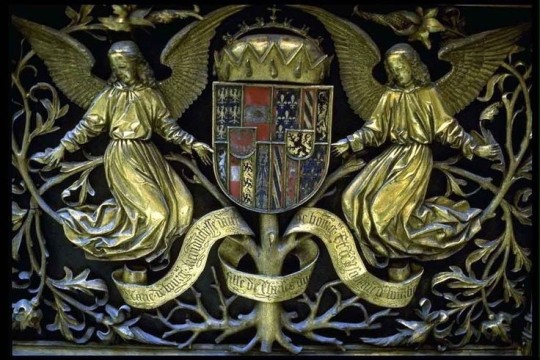
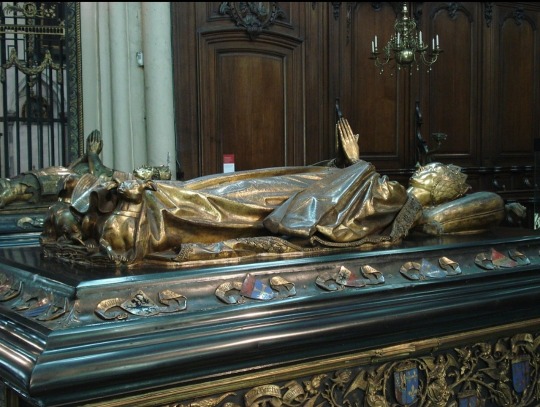
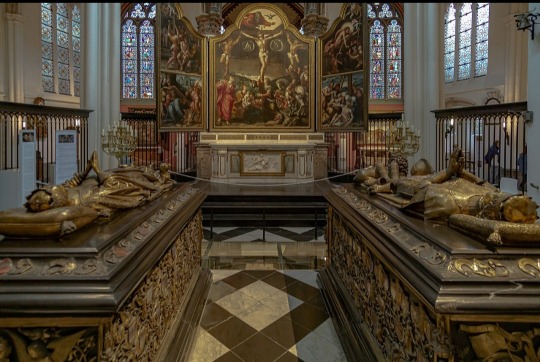
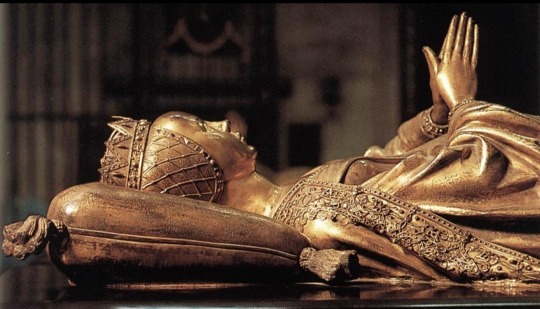

The Tomb of Mary of Burgundy in the Church of Our Lady, Bruges, 1501
#mary of burgundy#new post#historical#bruges#burgundy#medieval#historical fashion#history#medieval fashion#effigy#duchy of burgundy#coats of arms#bronze#gilt#Tomb effigy#house of habsburg#House of Valois-Burgundy#House of Valois#Maximilian I#Holy Roman Emperor#Philip the Handsome#1500s#1480s#gothic art#International Gothic#renaissance#Northern Renaissance#renaissance fashion
7 notes
·
View notes
Text

Marie, Duchess of Burgundy (1457-1482).
#royaume de france#maison de valois#valois bourgogne#duché de bourgogne#marie de valois#duchesse de bourgogne#archduchess#erzherzogin#haus habsburg#erzherzogtum österreich#full length portrait#house of habsburg#full-length portrait#house of valois
6 notes
·
View notes
Photo

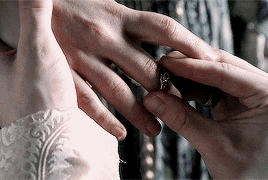






→ history + owen tudor and catherine of valois
requested by anonymous
Queen Catherine, being young and lusty, following more her own wanton appetite than friendly counsel and regarding more private affection than prince-like honour, took to husband privily a gallant gentleman and a right beautiful person, imbued with many goodly gifts both of body and mind, called Owen Tudor. — Raphael Holinshed, Chronicles of England, Scotland, and Ireland
#historyedit#owen tudor#catherine of valois#medieval history#15th century#english history#house of tudor#house of valois#historical fancast#*history#*requests#*mine#*historical couples#cw: blood#sorry for the delay!
265 notes
·
View notes
Photo
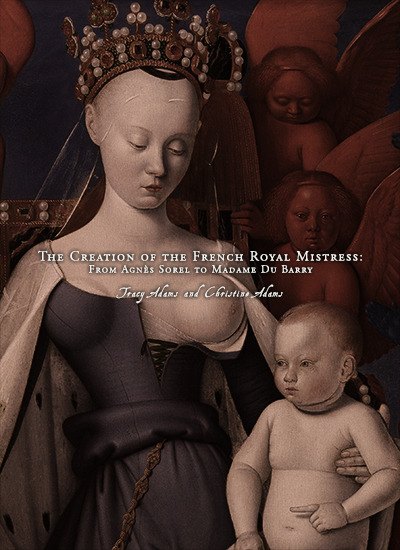
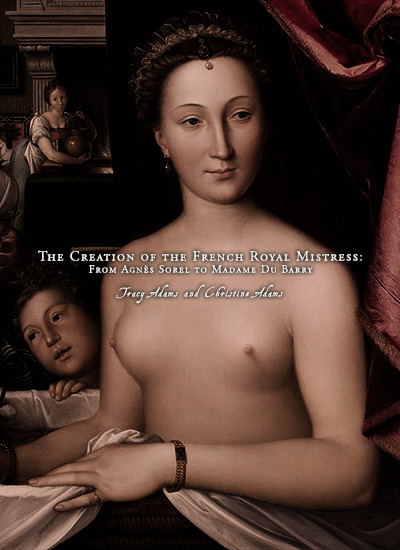

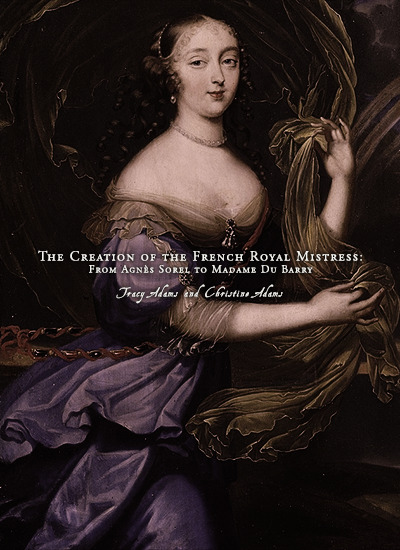
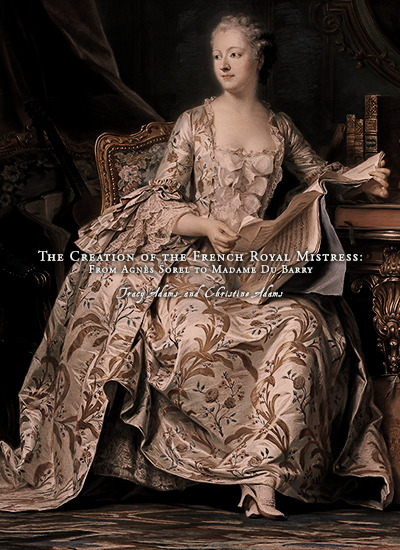
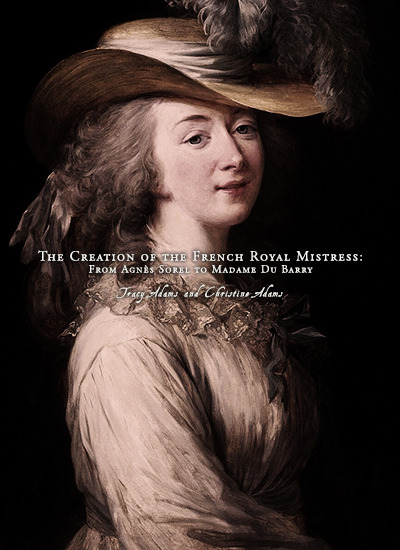
Favorite History Books || The Creation of the French Royal Mistress: From Agnès Sorel to Madame Du Barry by Tracy Adams and Christine Adams ★★★★☆
This study explores the sociogenesis and development of the position in France, examining the careers of nine of its most significant holders: Agnès Sorel, Anne de Pisseleu d’Heilly, Diane de Poitiers, Gabrielle d’Estrées, Françoise Louise de La Baume Le Blanc, Françoise Athénaïs de Rochechouart de Mortemart, Françoise d’Aubigné, Jeanne-Antoinette Poisson, and Jeanne Bécu. Although kings had always had extraconjugal sexual partners—some of them powerful, such as Alice Perrers or Jane Shore—only in France did the royal mistress become a tradition, a quasi-institutionalized political position, generally accepted if always vaguely scandalous. And yet the position has been studied only in popular narrative histories intended to titillate. Other powerful female roles central to royal family life, such as the queen, the queen’s entourage, and the female regent, an unofficial role once considered somewhat illegitimate, have received serious attention in recent years, as have individual mistresses. However, the important and enduring position of French royal mistress per se has not been explored.
The study’s point of departure is a simple question: What was it about France? We would like to be very specific about our approach to this question. The creation of the role could be examined from any number of valid and enlightening perspectives. For example, it could be approached through a psychoanalytic lens, to hypothesize about the hidden emotional reasons why the role emerged when it did. Or it could be examined within the context of the Querelle des femmes, that long-term debate over the merits and faults of women, which corresponds, chronologically, to the appearance of the powerful royal mistress in France. However, given our own critical inclinations, we have opted to examine the intellectual, emotional, and physical environment that made emergence of the role possible.
We take as the basis of our analysis Fernand Braudel’s three-part schema of history, which differentiates long- from medium-term structures and both of these from short-term events, and, in this introduction, we initiate the study by applying the schema to the period between 1450 and 1540. Agnès Sorel, often considered to be the first significant French royal mistress, died in 1450; around 1540 Anne de Pisseleu d’Heilly, the Duchess of Étampes (1508–1580), begins to appear in ambassador reports as a central figure in court politics. As we will see in chapter 1, although indirect evidence attests to Agnès’ political influence, it was not widely recognized during her own time. In contrast, no one doubted Anne de Pisseleu’s power. Between these two dates, then, something occurs that makes it possible for the king’s mistress to be taken seriously as a political adviser.
#historyedit#house of valois#house of capet#french history#european history#women's history#history#history books#nanshe's graphics
61 notes
·
View notes
Text

#house of lancaster#house of Navarre#house of Brittany#Joan of Navarre#Queen Joan#Joanna of Navarre#Queen Joanna#Jehanne d’Évreux#Plantagenet dynasty#Valois dynasty#house of valois#maison des valois#Henry IV#John V#Lancastrian edit#Lancastrian consort#queen of England#medieval England#naomi watts#Jodi comer
12 notes
·
View notes
Text

Thanks @hilda-dewitt for this great piece of work depicting Louis I of Anjou and Marie of Blois, great-grandparents of Margaret of Anjou. Louis I of Anjou was the founder of the Angevin cadet branch of the House of Valois, and Marie of Blois was the first of a series of powerful women in the House of Valois-Anjou.
I really found their story to be full of fun and drama. After King John II of France was taken prisoner in the Battle of Poitiers, Louis broke the Aragonese marriage contract arranged by his father to marry Marie, the daughter of one major claimant to the ducal throne of Brittany, neighboring his appanage of Anjou. His desire to meet his wife pushed him to end his hostage career in England prematurely on his own, and more or less led to the decision of John II to return to captivity, lol. While Marie's father fell in battle six months after John the Good's death in London, the couple remained close and intimate throughout their lives. Louis served as a leading military commander in his elder brother Charles V's reconquest of southwestern France during the second phase of the Hundred Years' War. He was also a loyal friend and protector of Bertrand du Guesclin, who fought for Marie's father before entering service for the Valois. However, due to his role in the 1378 tax revolts and his overambitious claim to the throne of Naples, Louis remained a controversial figure in France, and his past accomplishments were little appreciated. After Louis's death in the unsuccessful march to Naples, Marie continued their quest for the Neapolitan crown, and, after a tough fight against opposing claimants, secured for their seven-year-old son Louis II the County of Provence, which was in a personal union with the Kingdom of Naples. She acted as regent for Louis II during his minority, and arranged the marriage between him and Yolande of Aragon.
#Louis I of Anjou#Marie of Blois#hundred years war#medieval#fanart#historical fanart#french history#commission art#house of valois#margaret of anjou#Yolande of aragon
2 notes
·
View notes
Text
Here’s a song for you… My Own Home (The Jungle Book Theme) by Darleen Carr
Ngl this song reminds me of the Hundred Years War especially with the claim to the French throne luring successive Plantagenet kings to France.
#plantagenets#edward iii#henry v#henry vi#house of lancaster#house of plantagenet#house of valois#hundred years war#Spotify
3 notes
·
View notes
Text

Mediaeval Battle of French and English — The Surrender of John II of France at the Battle of Poitiers.
English School, (19th century)
#battle of poitiers#medieval#mediaeval#middle ages#england#france#king#john ii#french#philip the bold#son#english#knights#john the good#jean le bon#armour#art#history#europe#european#house of valois#surrender#knight#soldiers#encircled#axe#helmet
69 notes
·
View notes
Text

Elisabeth of Austria, Queen of France by Jooris van der Straeten, 1573.
#classic art#painting#jooris van der straeten#flemish artist#16th century#portrait#female portrait#indoor portrait#queen#queen of france#house of valois#fashion
28 notes
·
View notes
Text
“Stars” has released photos of it’s new historical drama. Entitled “The Serpent Queen”, we will see Samantha Morton as Catherine de Médici, Queen of France.

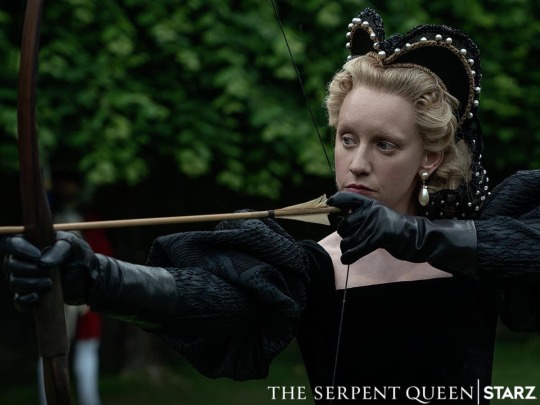


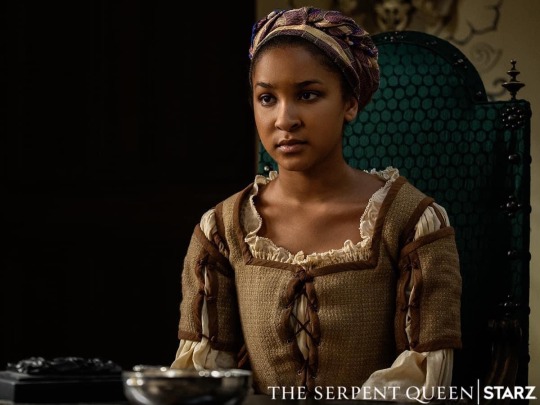
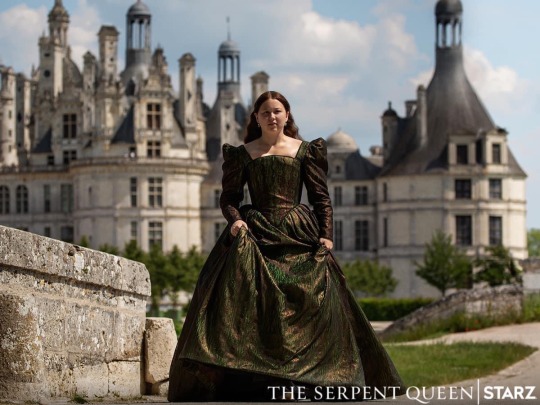
#the serpent queen#Catherine de Medici#house of Valois#house of Medici#Valois-Angoulême#look we have Tywin Lannister in it!#charles dance#Samantha Morton
88 notes
·
View notes
Text

King Henry II of France.
#royaume de france#maison de valois#henri ii#roi de france#vive le roi#full length portrair#house of valois#full length portrait#françois clouet
11 notes
·
View notes